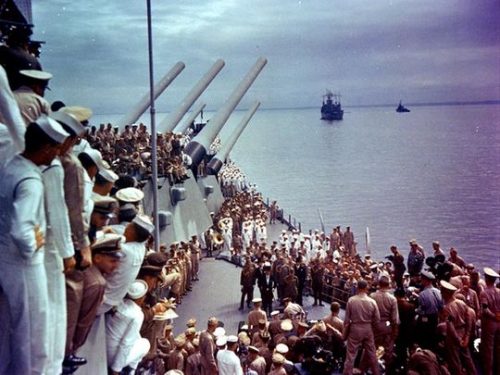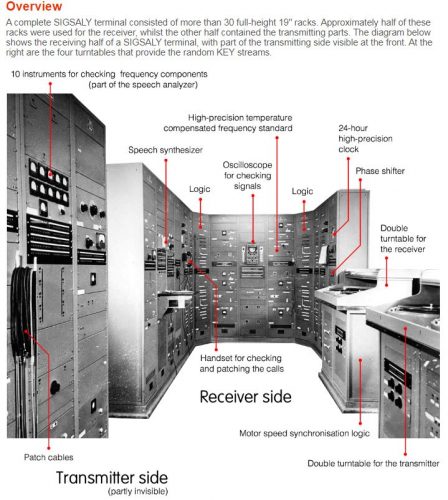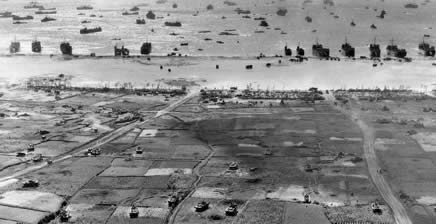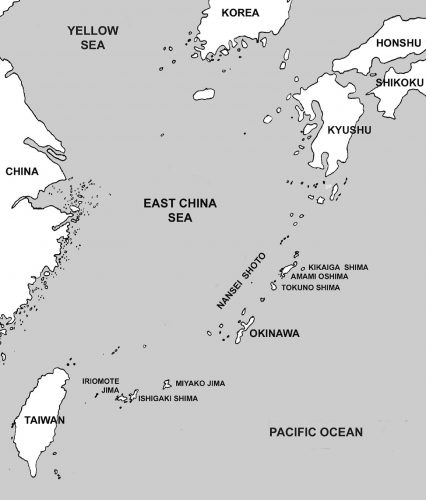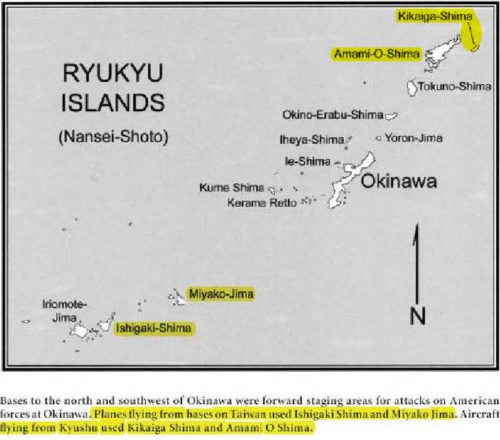This update is going to be a horror show of numbers involving “super spreaders” and public health incompetence in and around the Diamond Princess cruise ship. As of this mornings’s writing time hack, there are currently 75,129 confirmed COVID-19 cases worldwide, including 2,007 fatalities. China: TOTAL 74,130 2,002 12,017 serious 13,818 recovered 6,242 suspected. (No one believed these numbers except the Who and CDC) Everywhere else: 999 cases, 5 deaths, 39 serious/critical
Next — the COVID-19 infection numbers from the Diamond Princess are horrific.
See:
https://bnonews.com/index.php/2020/02/the-latest-coronavirus-cases/
“Japan: The 542 people from the “Diamond Princess” cruise ship are listed separately and they are not included in the Japanese government’s official count. Fourteen of them are Americans whose test results came in while they were being evacuated from the ship. 246 were _asymptomatic_.”
Given 246 of 542 infected are asymptomatic…we are looking at a 45% of no-symptom super-spreader rate.
Note: the following additional “Diamond Princess” information culled from four US newspapers over at the Free Republic forum’s “Corona Virus Live—mostly Thread. 2/18-2/19”
https://www.freerepublic.com/focus/f-chat/3817559/posts?q=1&;page=151
In one flight of the Diamond Princess returnees. “…the original 14 tested have become 19 due to inflight testing, or 18 pending and 1 CDC confirmed.
.
The flight to Travis, CA had 7, and picked up 3 inflight – all asymptomatic
.
The Flight to Lackland, TX had 7, and picked up 2 inflight – all but one asymptomatic
.
So that’s 14+3+2
.
It was reported that Texas sent 6 to Omaha; however Omaha said they received 13. One requiring hospitalization but stable, and the rest asymptomatic. All are awaiting final CDC confirmation.
.
Of the 7 in Calif, 2 were transferred to QotV – one asymptomatic received CDC confirmation of positive today; one with mild symptoms is still awaiting CDC.
Third — More super spreader evidence of SARS-CoV-2 Infection in Returning Travelers from Wuhan, China
“In this effort to evacuate 126 people from Wuhan to Frankfurt, a symptom-based screening process was ineffective in detecting SARS-CoV-2 infection in 2 persons who later were found to have evidence of SARS-CoV-2 in a throat swab. We discovered that shedding of potentially infectious virus may occur in persons who have no fever and no signs or only minor signs of infection.”
https://www.nejm.org/doi/full/10.1056/NEJMc2001899
Read more
